Big cats have always fascinated humans, embodying power, grace, and beauty. However, many of these majestic animals are facing the threat of extinction due to various human activities. In this article, we will delve into some of the most endangered big cats and explore practical steps we can take to ensure their survival. Through awareness and action, we can make a difference in preserving these magnificent creatures for future generations.
Tigers Icons on the Brink
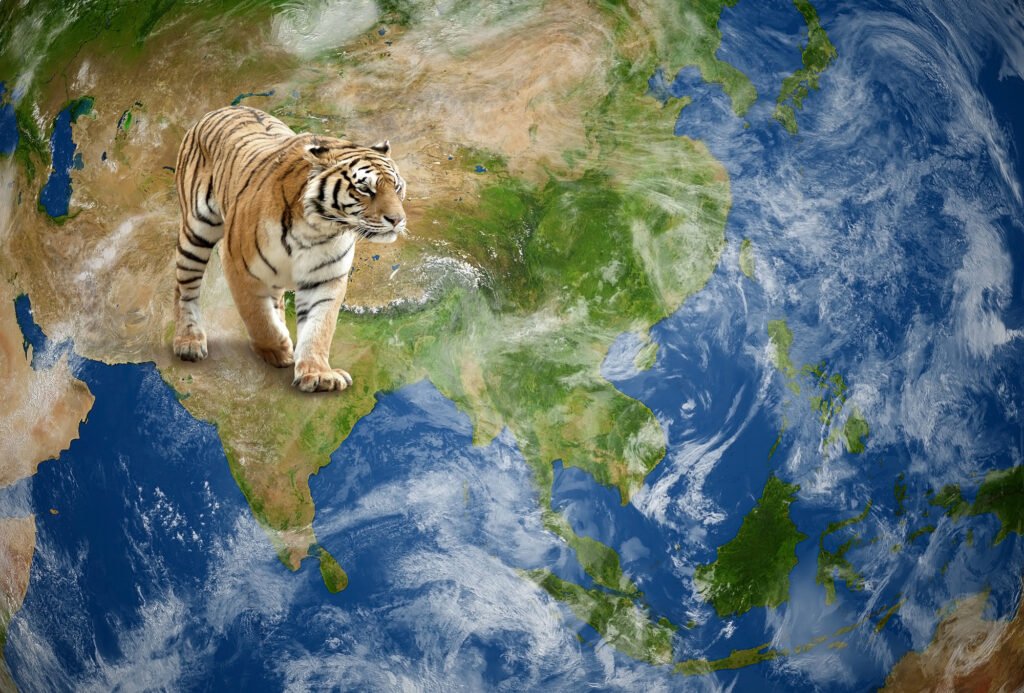
Tigers are perhaps the most iconic of the big cats, yet they are also among the most endangered. With only around 3,900 tigers remaining in the wild, they are classified as endangered. Poaching for their skins and body parts, along with habitat loss due to logging and agriculture, are significant threats. Today, these solitary predators roam only about 7% of their historic range.
Leopard Masters of Stealth-Facing Decline

Leopards are known for their adaptability and ability to thrive in diverse environments from African savannahs to Asian rainforests. Despite this adaptability, certain subspecies like the Amur leopard are critically endangered. Rampant poaching and habitat fragmentation are pushing some leopard populations towards extinction, with as few as 100 individuals left in the wild for some subspecies.
Snow Leopards Ghosts of the Mountains
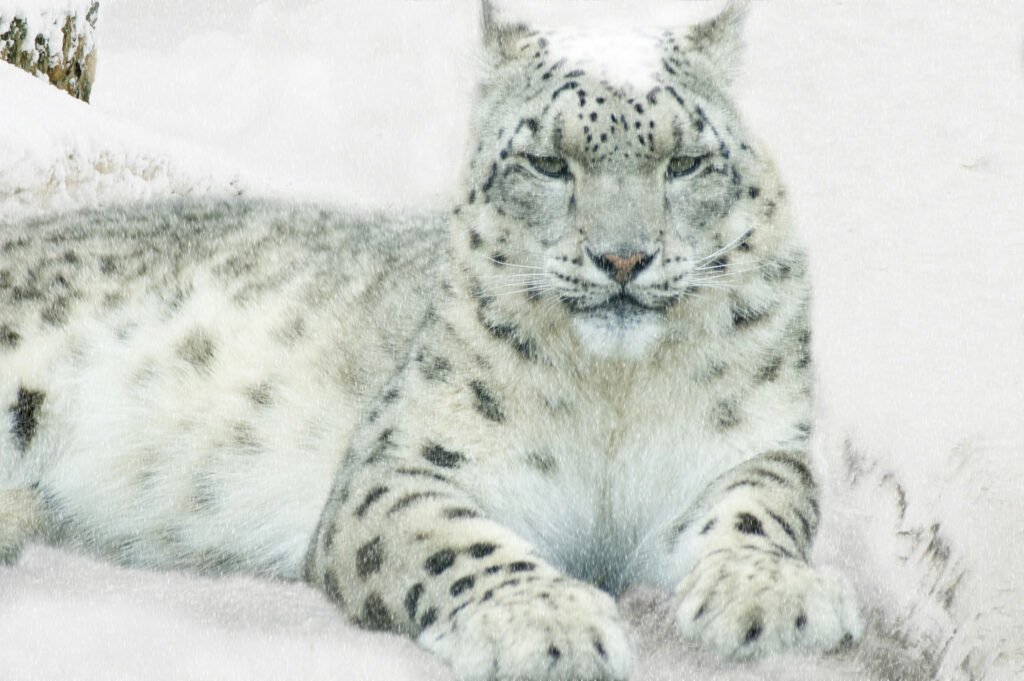
Snow leopards inhabit the high mountains of Central Asia and are often referred to as “ghosts of the mountains” due to their elusive nature. Threatened by poaching and the effects of climate change, which impacts their mountainous habitats, an estimated 4,000 to 6,500 snow leopards remain in the wild. Their dwindling numbers highlight the urgent need for conservation strategies tailored to extreme environments.
Cheetahs The Sprinting Spectacle in Danger

Renowned for their incredible speed, cheetahs are experiencing a rapid decline. With a population of under 7,000 individuals, they are classified as vulnerable, but some local populations are critically endangered. Habitat loss, human-wildlife conflict, and illegal pet trade are significant threats. As habitats become increasingly fragmented, so too do cheetah populations, affecting their genetic diversity and long-term survival.
Lions Kings without Kingdoms

Once roaming across Africa, Asia, and Europe, lions are now confined to less than 8% of their historical range. Habitat loss and human-lion conflict are principal threats, and while they are classified as vulnerable, certain populations are endangered. Africa’s lion populations have declined by about 43% in the last two decades, underscoring the need for urgent conservation efforts.
Jaguars The Mysterious Jungle Predators
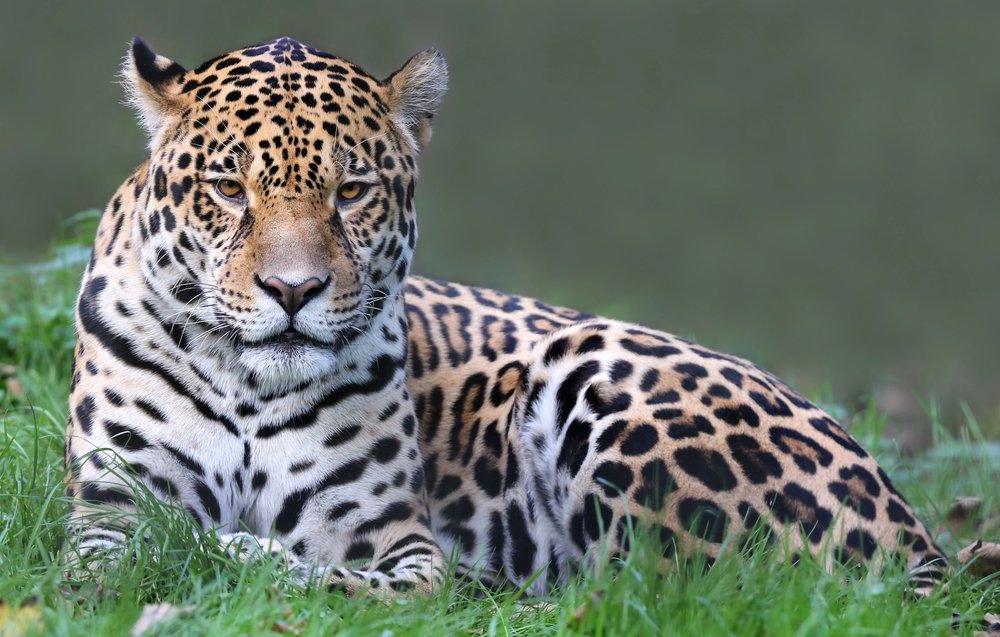
Jaguars are the largest cats in the Americas and are primarily found in the Amazon rainforest. While their range extends from North to South America, habitat destruction and poaching for their stunningly beautiful pelts pose significant threats. The loss of the rainforest due to logging and agriculture reduces their natural habitat, leading to increased human-jaguar conflict.
Conservation Strategies and Initiatives
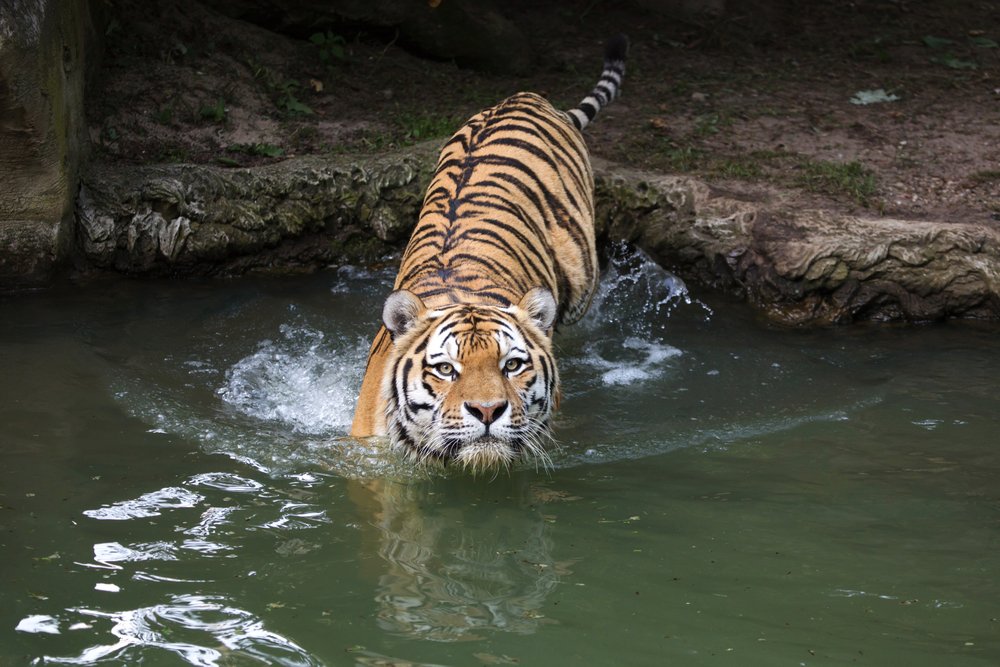
The conservation of big cats requires multifaceted strategies, including protection of natural habitats, anti-poaching measures, and human-wildlife conflict mitigation. Conservation organizations globally are working on various projects that involve community engagement, scientific research, and policy advocacy to protect these endangered cats.
Community Involvement and Ecotourism

Engaging local communities in conservation efforts is vital for the success of protecting big cats. Sustainable ecotourism offers financial incentives for locals to preserve these animals. By training members of local communities as guides or trackers, they can benefit economically while contributing to conservation initiatives, thereby fostering an environment where big cats and humans coexist peacefully.
How You Can Help Steps and Actions
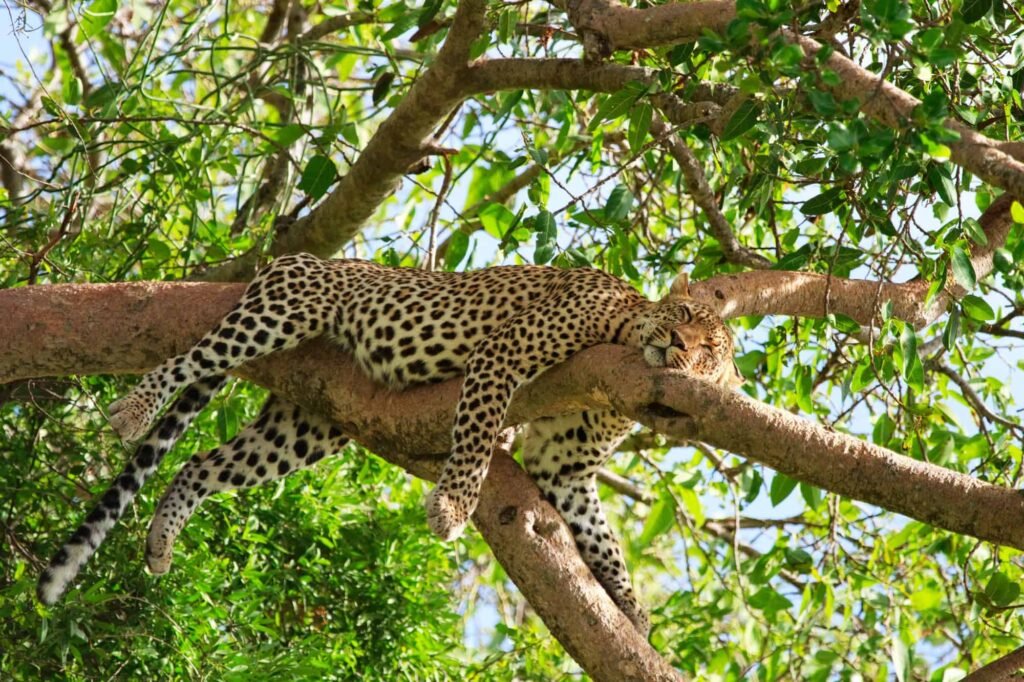
Individuals can play a crucial role in big cat conservation. Supporting organizations dedicated to wildlife conservation through donations or volunteering can make a significant impact. Additionally, raising awareness about the plight of big cats by sharing information and encouraging responsible consumer choices that do not contribute to habitat destruction are small but meaningful ways to help.
Conclusion: The Path Forward for Big Cats

The survival of big cats depends on the collective action of governments, conservationists, and the general public. By understanding their plight and taking decisive steps toward protecting these magnificent creatures, we can hope to see their populations rebound. We must act now, preserving the biodiversity of our planet for the enrichment and ecological balance it provides to all life on Earth.






